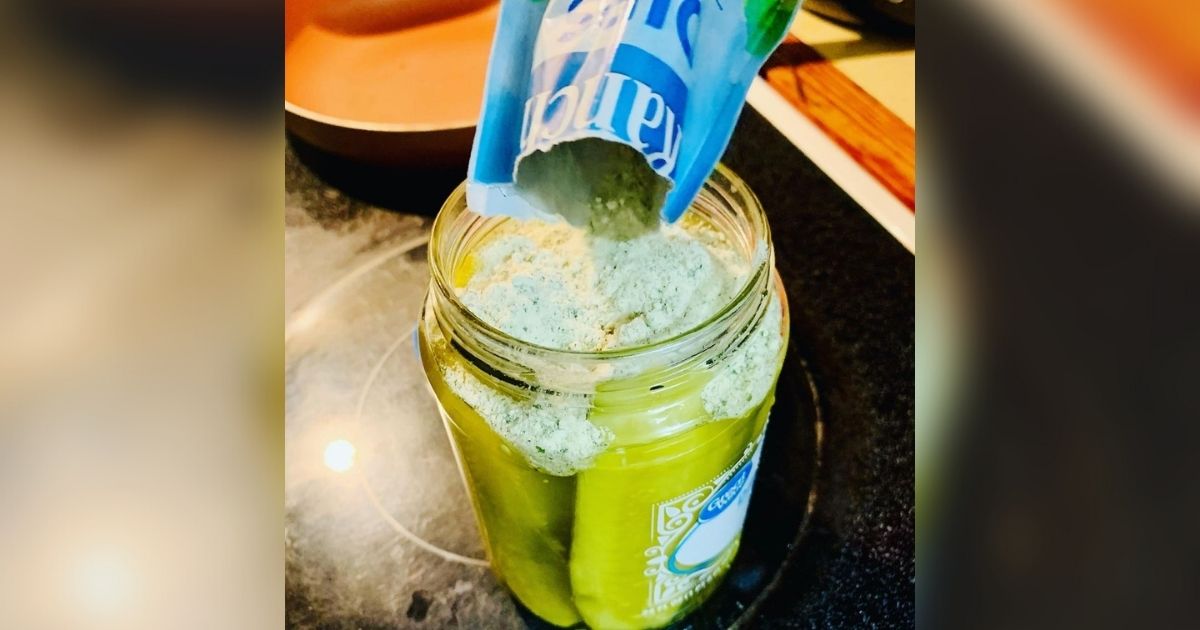Even though many of us will agree that baking is fun and leads to very tasty treats, some processes can get a little bit confusing, or some recipes just need a touch of perfection. That’s where these 12 incredibly handy baking charts come in, and they’re truly unmissable in every kitchen. Print these out, and you’ll be a baking superstar in no time!
1) Healthy cooking and baking substitutes


We’ve probably all been there: you’re following a recipe, only to discover that one of the essential ingredients has gone missing. However, there’s no need to worry. With this handy chart and infographic, you can quickly see some alternatives to popular ingredients. And to top it off, the replacements are usually a lot healthier too!
2) How to split a recipe in half


Now, it sounds simple enough to just cut a recipe in half, but things can get a little bit sophisticated when you’re dealing with a certain number of teaspoons and tablespoons. This incredibly easy chart shows you just how much of each ingredient you need if you want to halve a recipe.
3) The perfect apple pie, every time


The smell of a freshly baked and delicious apple pie is just simply irresistible, and this visual recipe chart will definitely inspire you to go bake one. You can do it all from scratch with these greatly detailed and mouthwatering instructions. Tasty!
4) A huge variety of chocolate chip cookies


Who doesn’t love some good old-fashioned chocolate chip cookies freshly baked in the oven? But did you know that there are tons of variations and different methods of preparing them? The baking experts over at Handle the Heat have created a chocolate crisp cookie bible so you can easily bake your own homemade cookies in any way you like.
5) Your guide to all kinds of sugar


It’s pretty easy to get lost in all the different kinds of sugar out there, but this neat little graphical overview can surely help with that. The author also shares the best practices of the different kinds of sugar, making this a sweet chart to have around in your kitchen.
6) The perfect food coloring guide


If you think cakes should be colorful, this chart is definitely perfect for you! It quickly shows you how to create your own frosting colors with the necessary amount of food coloring drops, and it also provides a guide for the flavors. Aside from frosting colors, the chart shows just how many drops you need to create a specifically colored cake as well.
7) Easily replace an egg


If you’d like to cut down on eggs, this great table with a number of substitutions will definitely come in handy. Simply replace a single egg with ground flax, chia seed, soy protein, agar agar and adjust your recipe. You can even use bananas, applesauce, and peanut butter! It’s also a perfect chart for vegans.
8) The battle between imperial and metric


For Americans, the metric system just seems odd – while the exact same is said about the imperial system in the rest of the world. If you’re following a recipe that uses another metric system or cups instead of numbers, this simple conversation chart will get you up to speed in no time.
9) A chart for science lovers


The Science of Baking isn’t your regular cooking chart, but it’s specifically for people who enjoy reading about the science behind the baking. What happens with an ingredient’s molecules when you heat it in the oven, or at what temperature does caramelization of sugar occur? You’ll quickly find out right here.
10) Delicious homemade cinnamon rolls


In another illustrated recipe guide, you’ll learn how the create phenomenally good cinnamon rolls. From the ingredients to the baking temperatures to the frosting: this chart has everything you need for this delicious homemade treat.
11) Bake your own perfect lattice pie crust


There’s something aesthetically appealing about pies with strips of crust on top, but it can be a bit of pain to get it just right. Thanks to this guide, you’ll always know how to position your strips of pie crust to create the perfect symmetrical crust.
12) The essential baking temperature comparison


If there’s one thing that has to be absolutely essential in getting it right, it’s the baking temperature. Just a couple of degrees (measured in Fahrenheit above) can make a huge difference. For example, if you set the oven to just 300 degrees, the cake texture will be rather fluffy and the surface will be light – a noticeable difference compared to baking at 375 or 400 degrees.
Please SHARE this with your friends and family.















